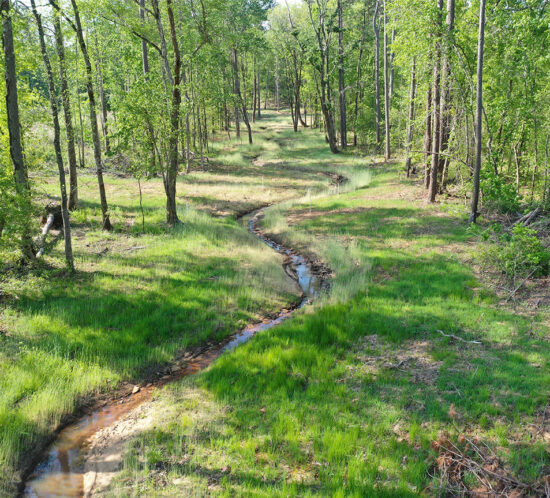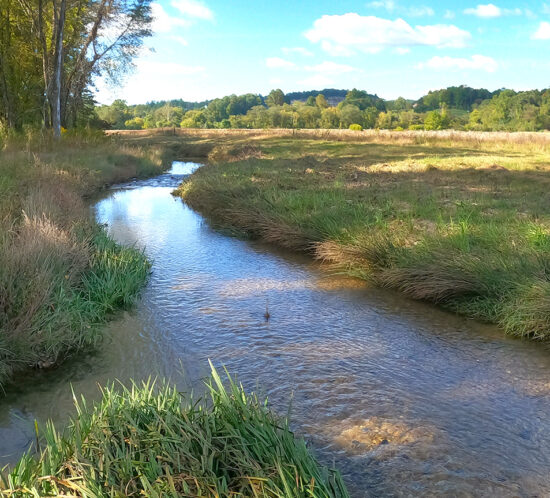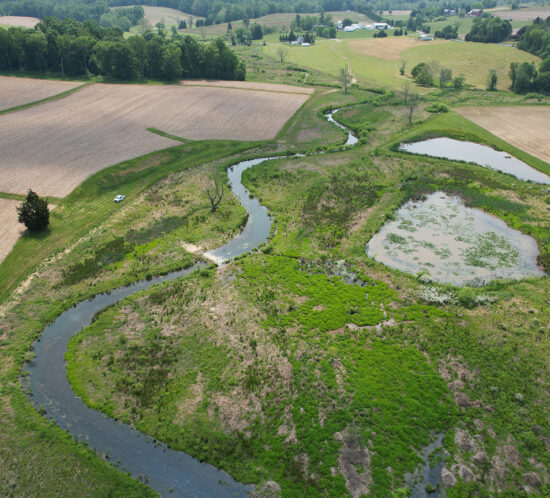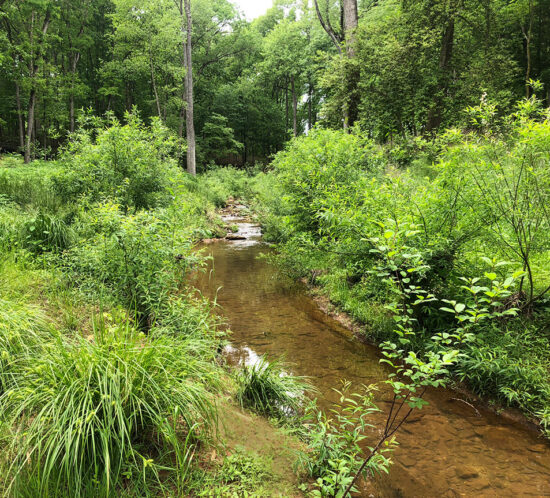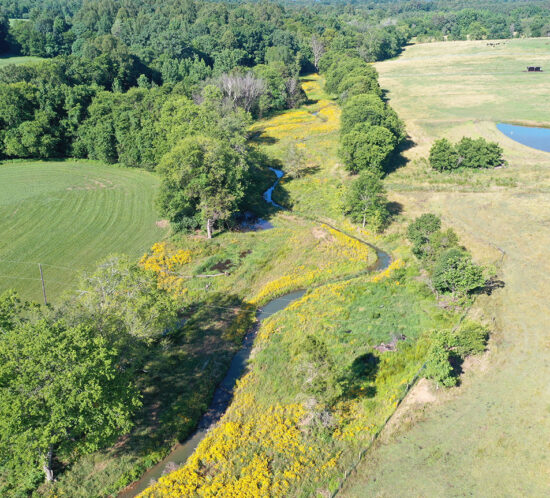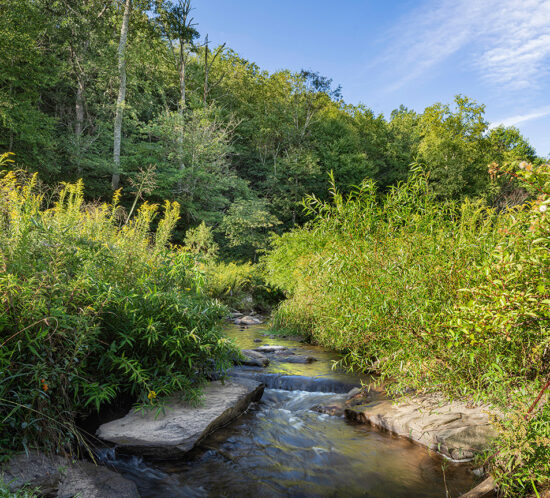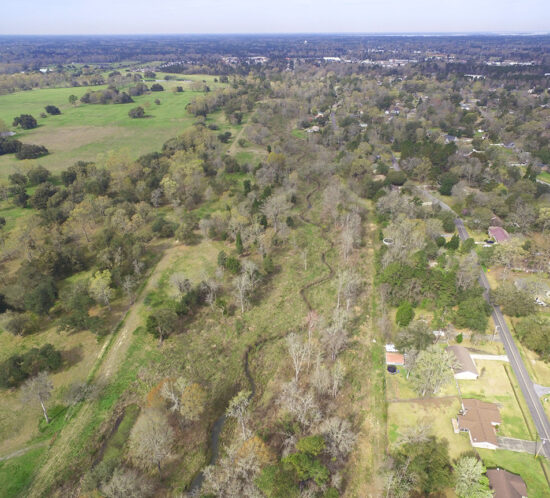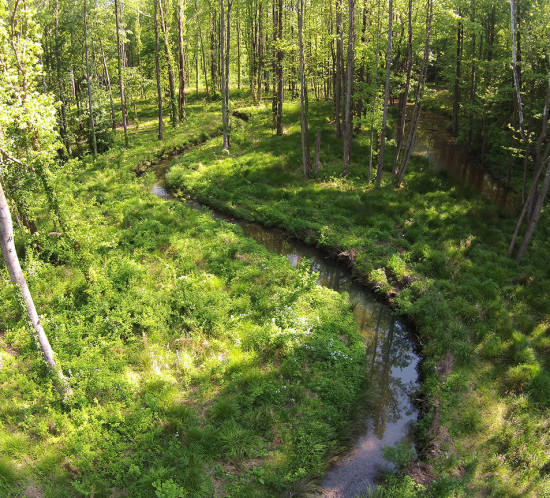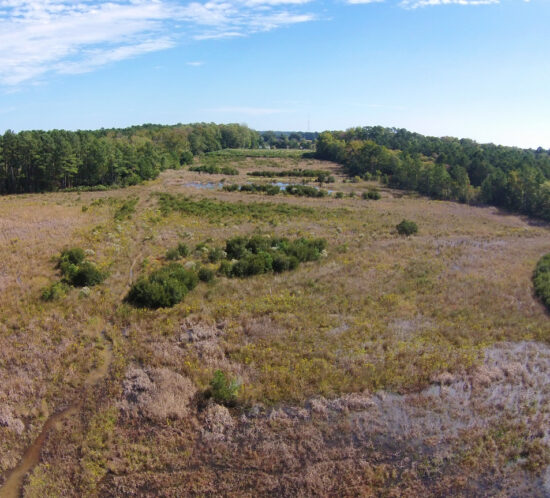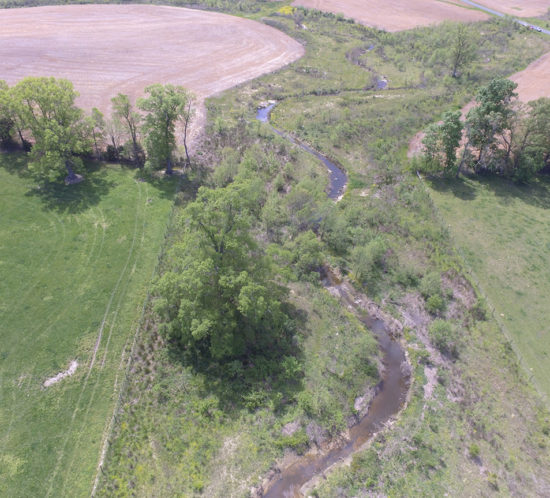Carolina Crossroads Permittee-Responsible Mitigation Project
Client: SCDOT
Location: Newberry and Laurens Counties, SC
Located in the heart of South Carolina, the Carolina Crossroads I-20/26/126 Corridor Improvement Project is the number one interstate priority for the state of South Carolina (https://lnkd.in/euFJQc2). Construction of the Carolina Crossroads project required unavoidable impacts to waters (of the U.S.) under the jurisdiction of the U.S. Army Corps of Engineers as regulated by Section 404 of the Clean Water Act. The South Carolina Department of Transportation evaluated multiple mitigation alternatives and offset aquatic resource impacts through the restoration, enhancement, and protection of more than 80,000 linear feet of stream and the protection of more than 8.6-acres of wetlands. Approximately 10% of these reaches were ephemeral channels. This large-scale and unique mitigation project protects more than 2,600-acres of land adjacent to the South Carolina Department of Natural Resources’ Belfast Wildlife Management Area which will provide future public use and wildlife management benefits. Wildlands led design, mitigation plan development, generated the construction documents, and oversaw construction at the mitigation site. Construction activities associated with the mitigation site were completed in 2022 to generate the required mitigation for this priority project. Wildlands is currently providing post-construction monitoring at the mitigation site.



